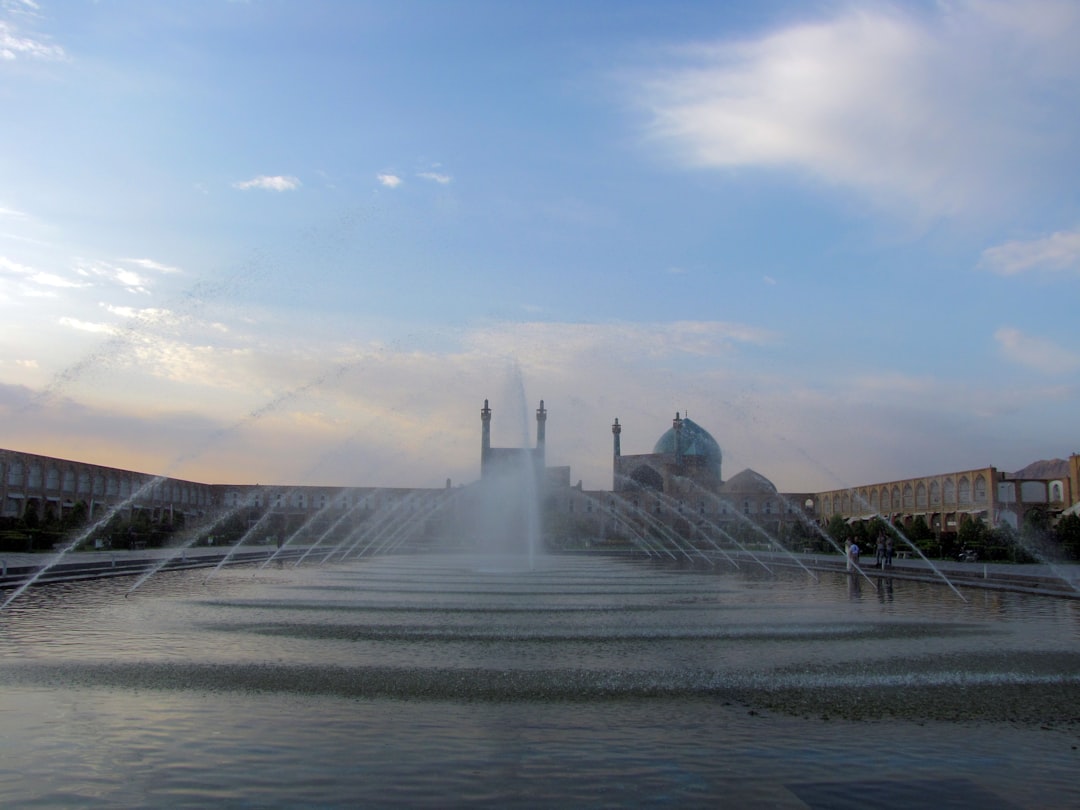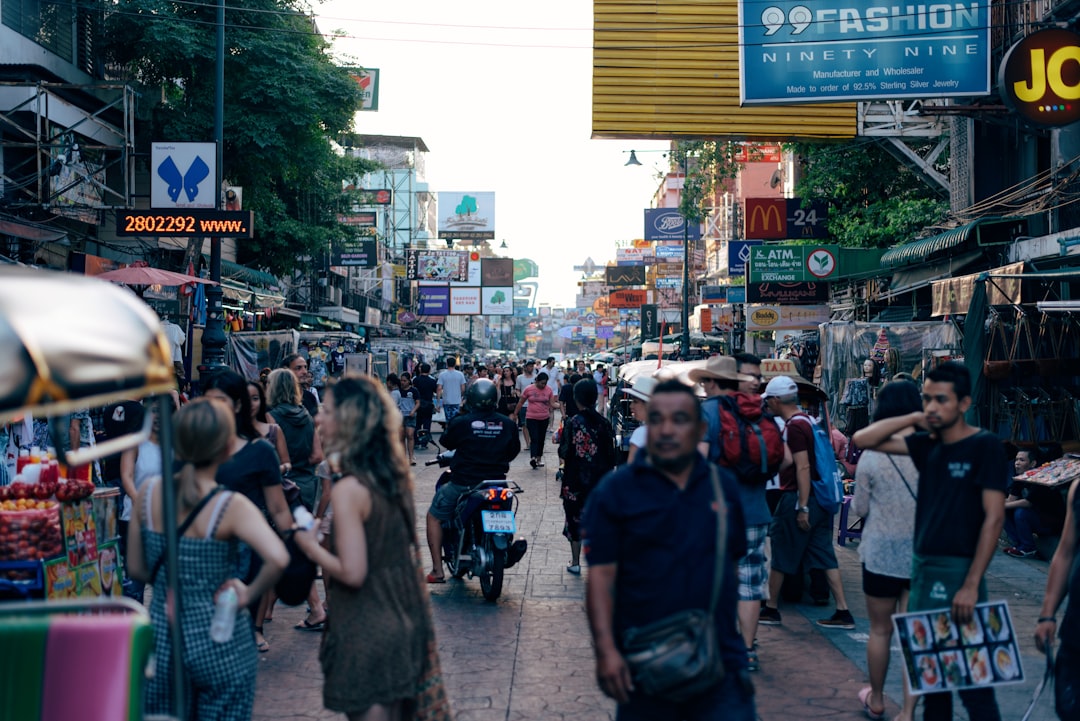What is it about?
In this article, my collaborator Lauren Zentz and I analyze photos from two different cities - Brownsville, Texas, USA (on the U.S.-Mexico border) and Betultujuh, Java, Indonesia - to explore how mobility shapes the language we see all around us. By "mobility", we mean the movements of people around the world, across international borders, and through cities; we also mean people's desires to move, or to associate themselves with certain places. But we argue that the visual landscape of language in these cities shows traces of how language itself "moves", in many different ways. In effect, we try to capture the nature of mobility in two very different places in order to look carefully at how uses of language are affected by globalization.
Featured Image
Perspectives
Most of my research has to do with language in education, and my research from South Texas is no exception. I remember getting the idea for this study as I was riding my bike to work in Brownsville, TX, looking at the multilingual signs I saw all around me. I thought, "What does all this have to do with the educational issues I'm exploring with my students?" That got me thinking about the role of mobility in shaping the linguistic landscape my students and I had to navigate every day, and inspired me to connect visual data (photographs) to some of the same concerns I was exploring in my educational research - "preferred" languages in different contexts, forms of language mixing, and the power of language to "make places," or to give people a sense of how they fit into the world around them.
Dr. Brendan H. O'Connor
Arizona State University
Read the Original
This page is a summary of: Theorizing mobility in semiotic landscapes, Linguistic Landscape An international journal, May 2016, John Benjamins,
DOI: 10.1075/ll.2.1.02oco.
You can read the full text:
Contributors
The following have contributed to this page










